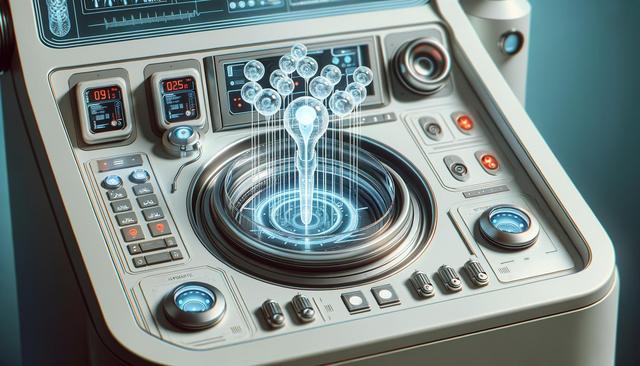The Evolution of Sperm Donation
Sperm donation has come a long way over the years, with 2025 marking a significant point of evolution. Advances in technology and greater societal acceptance have expanded the options available to potential donors and recipients. In the past, sperm donation was often shrouded in secrecy, with limited information available to parties involved. Today, advancements in genetics and data sharing have enhanced transparency and improved the outcomes for families resulting from sperm donation.
The increasing demand for donor sperm can be attributed to several factors, including greater acceptance of diverse family structures and the advancement of reproductive technologies. With more single individuals and same-sex couples seeking parenthood, the role of sperm donors has become more prominent in helping them achieve their dreams of having a family.
Financial Incentives and Compensation
In 2025, the financial compensation for sperm donation varies depending on several factors, including the donor’s location, the demand for specific genetic traits, and the policies of the sperm banks. Generally, donors can expect compensation that reflects the time, effort, and commitment required to undergo the donation process. While exact figures can differ, donors are often compensated per donation session, with some receiving additional bonuses for repeated donations over time.
- Location: Compensation may vary from region to region, with urban centers often offering higher rates.
- Demand: Traits such as height, intelligence, or athletic ability may increase compensation.
- Commitment: Regular donors may receive additional financial incentives for their continued involvement.
It’s important for potential donors to research and understand the compensation structures of different sperm banks to make informed decisions.
Medical and Ethical Considerations
Medical screening and ethical considerations play crucial roles in the sperm donation process. Before acceptance, donors undergo comprehensive health screenings to ensure they meet the necessary medical standards. This includes genetic testing, infectious disease screening, and fertility assessments. In 2025, enhanced screening processes have improved the safety and reliability of sperm donation.
Ethical considerations are equally important, as both donors and recipients must navigate issues such as anonymity, the rights of donor-conceived children, and the potential for future contact. Many sperm banks have policies that allow for varying degrees of openness, accommodating the preferences of both donors and recipients regarding anonymity and contact in the future.
The Donor Selection Process
The process of selecting a sperm donor in 2025 is more personalized and informed than ever before. Recipients can access detailed profiles of potential donors, including genetic information, personal interests, and even audio or video interviews. This transparency helps recipients make informed choices that align with their values and preferences.
Additionally, advancements in genetic testing enable recipients to assess potential genetic risks, providing greater peace of mind as they embark on their journey to parenthood. The availability of such detailed information has made the selection process more accessible and less daunting for prospective parents.
The Future of Sperm Donation
Looking ahead, the future of sperm donation is shaped by continuous advancements in medical technology, evolving social norms, and increased regulation. As the field grows, there is a focus on maintaining ethical standards, ensuring donor anonymity, and protecting the rights of all parties involved.
Technological advancements such as artificial intelligence and blockchain may further enhance the donation process, providing secure and efficient ways to match donors with recipients while safeguarding personal information. The potential for international collaboration could expand the donor pool, offering more diverse options for recipients worldwide.
Conclusion
Sperm donation in 2025 is a dynamic and evolving field, offering numerous possibilities for donors and recipients alike. With careful consideration of medical, ethical, and financial aspects, sperm donation can be a rewarding experience that contributes to the creation of families. As technology and societal norms continue to progress, sperm donation will likely remain a vital option for those seeking to build families through alternative means. For both donors and recipients, understanding the nuances of the process is crucial in making informed and fulfilling choices.
